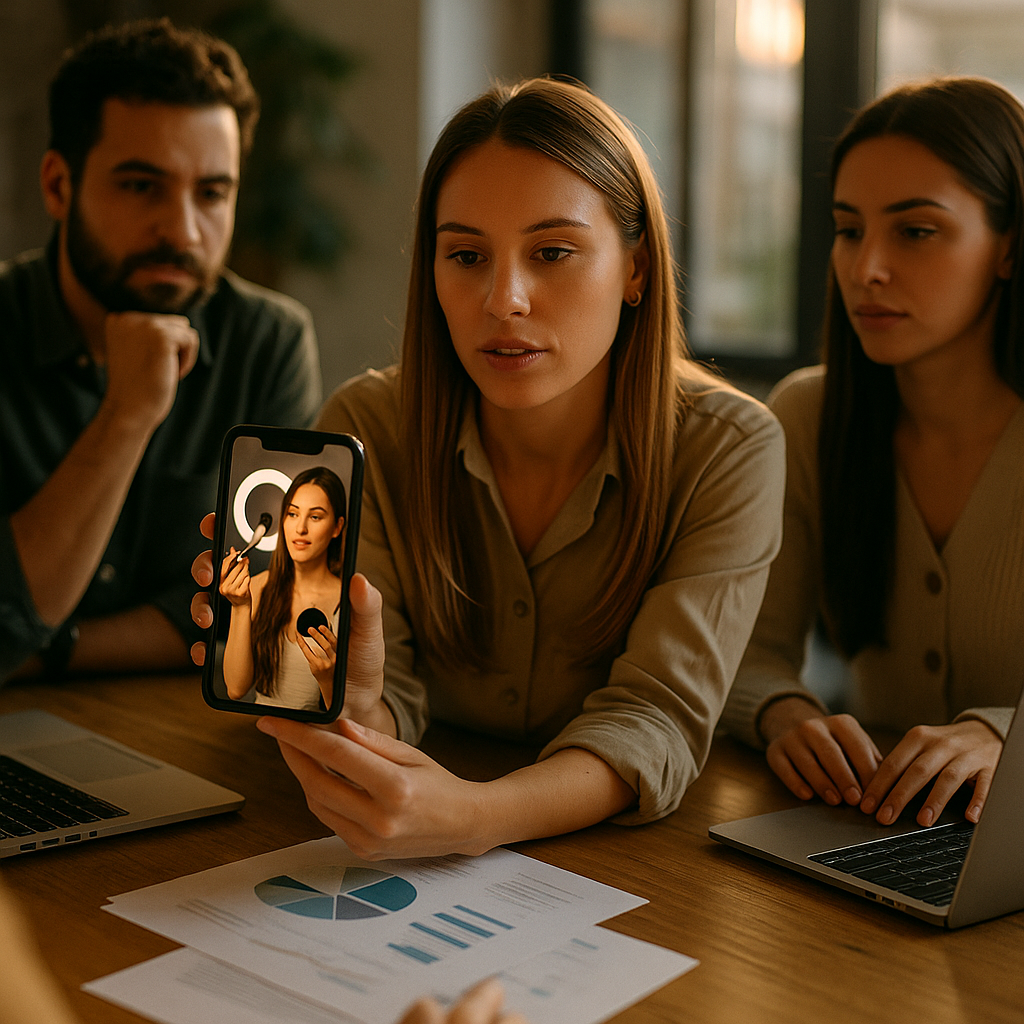Integrating an influencer marketing agency with your in-house team can transform your brand’s digital impact—when done right. This case study unpacks a step-by-step strategy for seamless partnership, practical communication, and maximum campaign results. Explore proven insights and real examples for 2025, and discover why brand-agency collaboration is your competitive edge in influencer marketing today.
Understanding the Influencer Marketing Agency Partnership
Partnering with an influencer marketing agency brings your in-house team access to industry expertise, established creator relationships, and proven campaign methodologies. In 2025, as influencer marketing increasingly drives ROI—responsible for 31% of total digital brand engagement, according to recent surveys—this partnership can sharpen your strategy and cater to shifting digital audiences.
A successful integration starts with clear expectations and aligned objectives. Agencies specialize in influencer sourcing, campaign logistics, compliance, and analytics, while in-house teams bring deep brand knowledge and cultural context. Recognizing these complementary strengths sets the stage for a productive relationship. When both sides understand their roles, collaboration flourishes and results improve.
Establishing Roles and Responsibilities for Team Collaboration
Clarifying roles is critical to avoid redundancies and confusion between your agency and in-house team. Co-create a collaborative framework by mapping out:
- Brand Direction: In-house marketing leads share key messaging, brand voice guidelines, and campaign goals.
- Influencer Relations: The agency handles creator discovery, vetting, and negotiation, leveraging their networks and knowledge of current influencer trends.
- Content Approval: Establish streamlined approval processes involving both teams for influencer briefs and output review.
- Reporting and Analytics: Agencies deliver campaign performance data, while in-house marketing interprets these in context of broader strategy.
This system promotes efficiency, accountability, and a shared sense of ownership. Clearly articulated roles help your teams focus on strengths—not stepping on each other’s toes.
Effective Communication Channels for Influencer Collaboration
Transparent communication is the cornerstone of agency-in-house success in influencer marketing. In 2025, the leading brands use:
- Digital Collaboration Tools: Platforms such as Slack, Asana, or Monday.com streamline updates, feedback, and asset sharing in real-time.
- Weekly Status Meetings: Recurring check-ins prevent bottlenecks, clarify ownership of tasks, and allow for agile pivots according to campaign feedback.
- Centralized Dashboards: Real-time analytics dashboards—built into most influencer marketing platforms—offer both teams immediate insight into performance metrics, creator engagement, and flagged comments.
Beyond tools, foster open feedback and a learning culture. Empower teams to share campaign learnings, challenges, and success stories, ensuring both agency and in-house professionals grow together.
Integrating Brand Voice and Compliance in Influencer Campaigns
One frequent challenge in joining forces with an influencer marketing agency is ensuring brand consistency and regulatory compliance. Your agency must embody your brand’s unique voice while also meeting industry standards—including endorsements, disclosure requirements, and copyright laws that have evolved rapidly in 2025.
To achieve synergy:
- Share Comprehensive Brand Guidelines: Provide detailed resources on brand tone, imagery, value propositions, and do-nots for influencer content.
- Co-create Influencer Briefs: Having both in-house and agency teams involved in brief creation increases clarity for creators and reduces the risk of off-brand messaging.
- Quality Assurance Checks: Implement multi-step reviews, from draft to final post, with designated approvers from both the agency and your brand’s in-house team.
This collaborative approach ensures every post not only resonates with your target audience but also meets legal and ethical obligations in your market.
Measuring and Optimizing Influencer Campaign Success
Modern influencer marketing is data-driven. To maximize ROI and inform future strategy, establish robust performance frameworks with your agency partner:
- Define KPIs Together: Align on primary metrics—such as reach, engagement rate, conversions, and sentiment—before campaign launch.
- Real-Time Analytics: Use integrated reporting dashboards to monitor results continually, allowing for immediate optimizations during live campaigns.
- Post-Campaign Reviews: Hold debrief sessions to analyze what worked, identify areas for improvement, and discuss next steps for scaling impact.
Recent case studies show that ongoing feedback cycles (rather than one-off end-of-campaign reviews) drive a 21% higher campaign improvement rate. Make measurement and adjustment a shared, continuous process between agency and in-house teams.
Lessons Learned: Case Study Takeaways from a Successful Integration
What does successful integration look like in practice? In a 2025 case study, a consumer technology brand partnered with a specialized influencer marketing agency for a global product launch. Key takeaways include:
- Early Alignment: Initial joint workshops invested in mutual understanding and trust between teams.
- Role Clarity: Clearly defined responsibilities prevented overlap and ensured accountability.
- Shared Technology Platforms: Unified dashboards and project management tools kept all stakeholders connected and informed.
- Adaptive Culture: Flexibility in campaign adjustments empowered faster response to market and influencer feedback.
The outcome: The brand saw a 34% uplift in campaign engagement, doubling forecasted conversions. These results demonstrate that structured collaboration, open communication, and shared ownership deliver outsized returns.
FAQs: Integrating an Influencer Marketing Agency with Your In-House Team
-
How long does integration with an influencer agency typically take?
Depending on campaign complexity and team structures, successful integration often takes 2–6 weeks. Early investment in onboarding and alignment speeds up the process. -
What are common mistakes to avoid when working with an influencer agency?
Avoid unclear roles, limited transparency, and rushing the approval process. Failures often stem from poor communication or a disconnect on brand values. -
Who should lead the partnership—agency or in-house team?
Leadership depends on campaign stage. Typically, brand strategy is led by in-house, while agencies lead talent management and execution. Mutual respect ensures both play to their strengths. -
How do we maintain brand consistency across multiple influencers?
Detailed briefs, collaborative approvals, and regular agency-in-house check-ins ensure alignment around voice, messaging, and content standards. -
Can small brands benefit from integrating with an influencer agency?
Absolutely. Agencies can provide scale and expertise that small teams may lack—particularly in influencer discovery, relationship management, and post-campaign analytics.
Integrating an influencer marketing agency with your in-house team energizes your campaigns and enhances results. Prioritize collaboration, clear communication, and data-driven measurement to unlock the full potential of influencer partnerships—future-proofing your brand’s digital success in 2025 and beyond.
